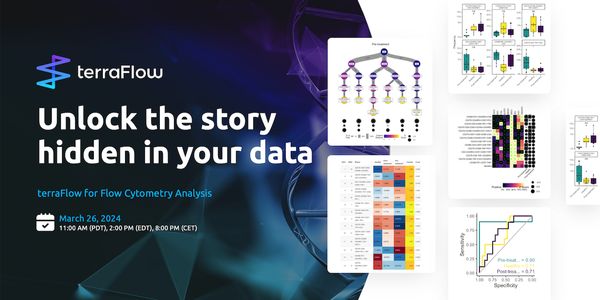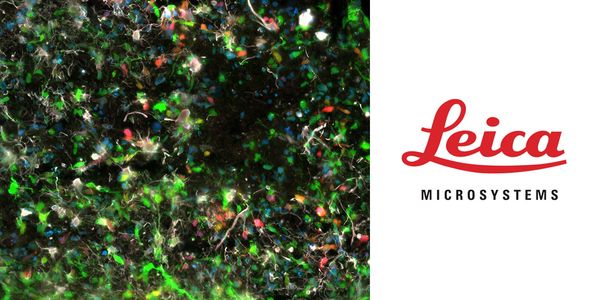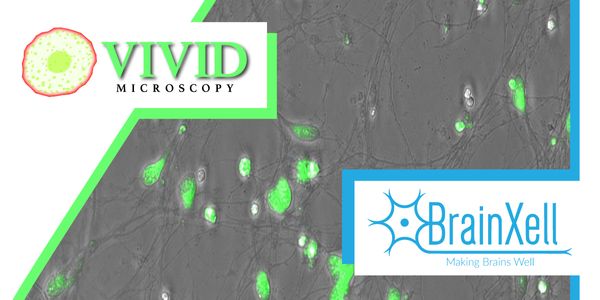-
Oscar Woolnough, PhD
Postdoctoral Fellow, The University of Texas Health Science CenterBIOGRAPHY
Reading is a rapid, distributed process that engages multiple components across the cortical surface. To understand the neural substrates and their dynamic interactions that allow us to identify and read written words, we performed direct intracranial recordings in large cohorts of humans. This allowed us to isolate a dynamic spatiotemporal map of visual word recognition across the entire language-dominant cortex. We used this to track the bottom-up and top-down flows of information related to behaviorally relevant factors that govern reading speed. By combining these recordings with direct cortical stimulation, inducing transient disruption of processing, we also gain causal links between the neural computations and behaviour. These results can help us better understand this uniquely human ability and move us closer to more targeted interventions for people with dyslexia and other reading disabilities.
Learning Objectives:
1. Identify brain areas essential for the ability to read.
2. Describe cognitive and behavioural factors that affect our ability to identify and read words.
3. Explain dual-route cognitive models of reading and the brain areas associated with each route.
Please update your information
Certificate of Attendance
DOWNLOAD CERTIFICATE
Finish Registering
-
APR 30, 2024Immuno-Oncology Virtual Event Series 2024
-
MAY 07, 20243rd International Biosecurity Virtual Symposium
-
SEP 03, 2024Microbiology Week Virtual Event Series 2024
- See More
-
APR 18, 2024
- See More












































